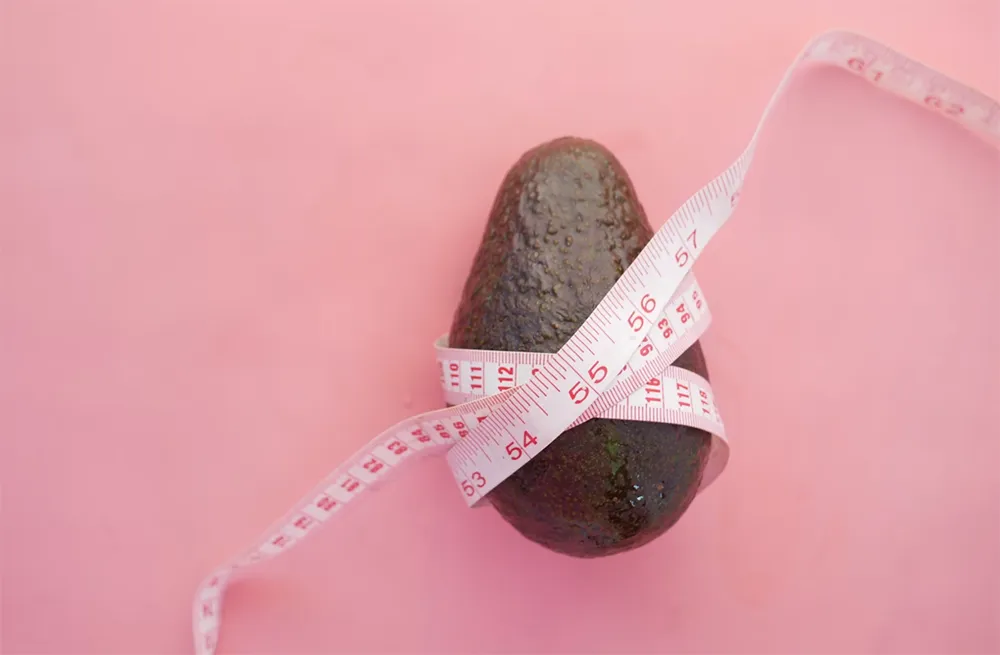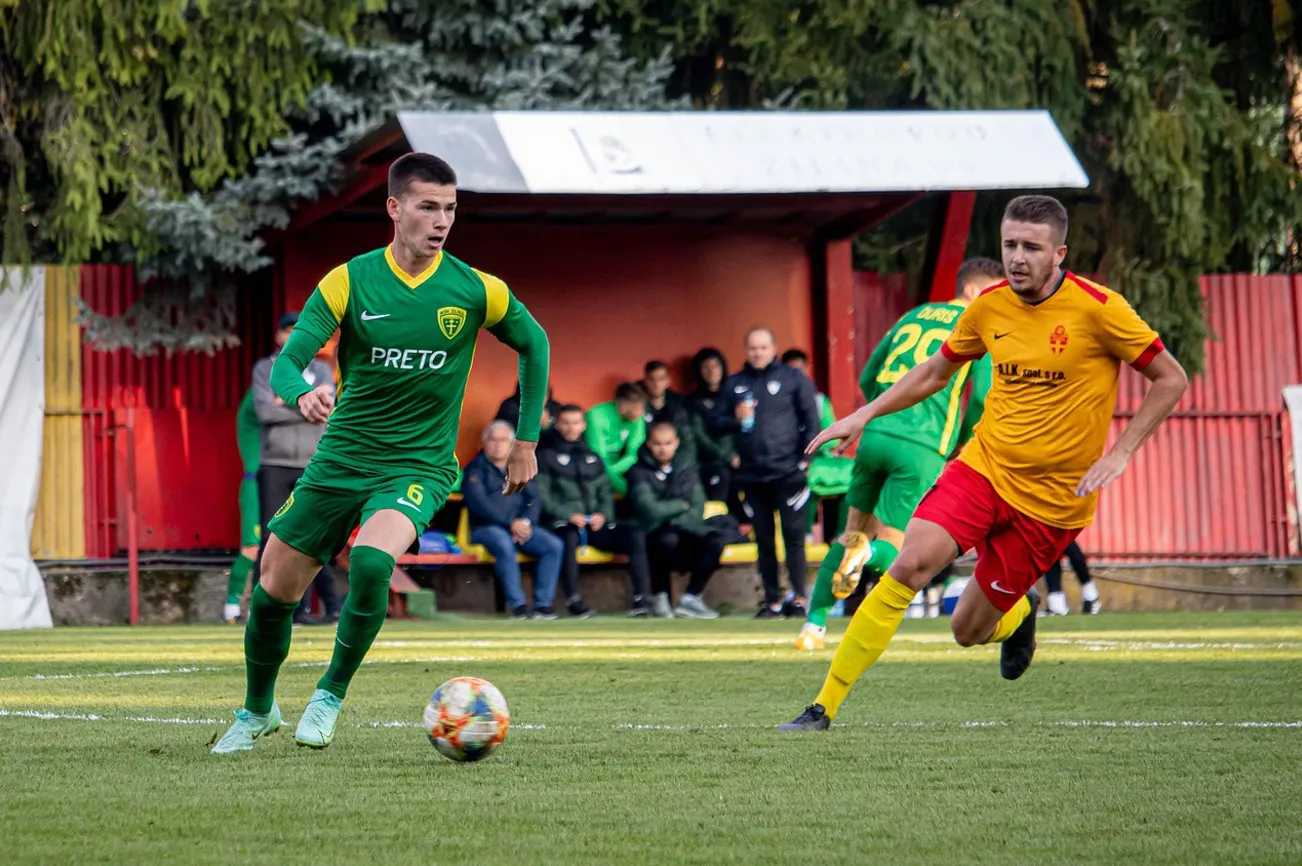Photo Credit: Unsplash
There is a shift happening in locker rooms, workout facilities, and even physiotherapy clinics worldwide. This is not due to new workout supplements or training apps — it’s time. Athletes are beginning to utilize time-restricted eating to push their performance boundaries further. Intermittent fasting is not practiced only by a few athletes anymore — it is now a part of professional cycling, MMA, CrossFit, and even Olympic-level training! But, is it effective? Or is it simply a shiny tool used to gain attention?
What Is Intermittent Fasting?
Intermittent fasting (IF) is not about starving. It’s about when you eat, not necessarily what you eat. The most common method is 16:8 — 16 hours of fasting, 8 hours of eating. Others use 18:6 or even one-meal-a-day (OMAD). The key idea is to give the body a break from constant digestion to focus on repair, fat-burning, and hormone optimization. It’s not a diet. It’s a schedule. And many athletes say it’s a game-changer.
Interestingly, a similar rhythm—alternating concentration and pause—works in the world of entertainment. Players who know how to wait for the right moment often beat those in a hurry. That is why many people value the balance and control MelBet live casino provides: here, everything depends on the moment, when to enter, when to bet, and when to stop. This is a game not only of reaction, but also of endurance. As in sports, the winner is the one who knows how to wait and hit the target.
Unsplash
How Fasting Affects Athletic Performance
Intermittent fasting doesn’t just influence weight — it touches every part of training and recovery. The impact is wide-reaching. Here’s how it affects performance:
- Fat Oxidation: Endurance athletes have shown greater fat oxidation after undergoing fasting protocols for over 3 weeks. This illustrates more efficient energy expenditure during prolonged efforts, as stated in the Journal of the International Society of Sports Nutrition.
- Hormonal Boosts: Pharmacologic University conducted research that showed a startling increase in fasting, growing hormone (GH) secretion by 2000% in men and 1300% in women. GH is a valuable hormone in recovery, muscle preservation, and fat metabolism enhancement.
- Insulin Sensitivity: With regards to fasting, Male athletes within the age brackets of 15-35 years old exhibited insulin sensitivity in the ranges of 20-31%. This aids in nutrient partitioning as demonstrated in the 2019 Cell Metabolism findings wherein carbohydrates are utilized as fuel, rather than being stored as fat.
- Mental Focus: Improved mental sharpness can also be credited to diminished glucose fluctuations. NBA players utilizing IF during Ramadan, including Hakem Olajuwon, showcased enhanced focus and performance despite the fasting hours.
However, the body learns, adapts, and thrives. If you are interested in how professionals stay in shape during Ramadan and beyond, pay attention to MelBet PK. This Instagram group regularly features fresh sports news, workout reviews, and memes that can charge you up no worse than a good morning coffee before a workout!
Timing Your Fast for Maximum Benefit
Not every type of fasting works for every sport, so elite athletes customize it. Eating prior to training is essential for explosively strong athletes like sprinters and weightlifters. However, endurance athletes sometimes fast prior to low-intensity exercise to optimize fat metabolism and improve the efficiency of their mitochondria.
Many incorporate intermittent fasting (IF) into their schedule, where workouts are performed in a fasted state and eating is done within an hour after training. This method is called “train low, fuel high.” Marathoners like Eliud Kipchoge and cyclists in the Tour de France use it. The aim? Optimize fat burning while replenishing glycogen stores at the best times.
Recovery days usually include full eating windows of 14 hours of eating to 10 hours of fasting. During competitive weeks, intermittent fasting is often suspended. It is adaptable and tactical. The remarkable results come when daily fasting is not rigid.
The Science Behind the Strategy
Research keeps backing it up. A 2020 meta-analysis from Nutrients reviewing 27 studies on athletes concluded that intermittent fasting (IF) did not hinder muscle mass or strength loss when protein intake remained high (1.6-2.2g/kg body weight). Even for endurance athletes, VO2 max was maintained and sometimes improved.
One remarkable study published in Frontiers in Physiology (2021) demonstrated that time-restricted feeding allowed soccer players to reduce fat mass by approximately 1.2kg over 8 weeks while maintaining sprint and agility performance. That is impressive body recomposition.
Moreover, fasting increases autophagy markers, inflammation reduction, and promotes cellular recycling, which is quite helpful during intense training periods. For these reasons, some Olympic coaches now use 24-hour fasts every two weeks during base season. It works. Data supports it, and athletes feel it.
Unsplash
Challenges and Misconceptions
Like any tool, intermittent fasting has limits. Misunderstanding it can backfire. Before jumping in, let’s clear up common confusion:
- “Fasting = no energy.” Wrong. Glycogen stores and fat reserves cover most training demands, especially under 90 minutes. Low energy is more often due to poor refeeding, not fasting itself.
- “It kills muscle.” Only if the protein is low, with proper intake (2g/kg/day), lean mass is preserved — even during 16:8 fasts.
- “Women shouldn’t fast.” Not true, but hormonal sensitivity is real. Female athletes benefit from gentler fasts (like 14:10) and tracking menstrual phases.
- “It’s all or nothing.” Nope. Athletes use fasting seasonally, more in the off-season or base training. It’s not rigid. Flexibility wins.
Yes, mistakes happen. But the science and stories both show that when used smartly, IF can enhance — not sabotage — performance.
Because Balance is the Key to Success
Intermittent fasting is not a miracle method; it is a sharp strategy. Like any other fasting strategy, it needs to be used with awareness and a plan. Forcing it into your personal life is counterproductive. Understand the body and the unique rhythm of your sport, and learn when to adapt. Athletes often miss the mark when they overly pursue fads instead of implementing the right options designed for them. One way to find out is to test it: intermittent fasting could be a valuable tool.
The post Inside Look: Intermittent Fasting for Athletes: Does It Really Work? appeared first on Knives Illustrated.
Read the full article here




